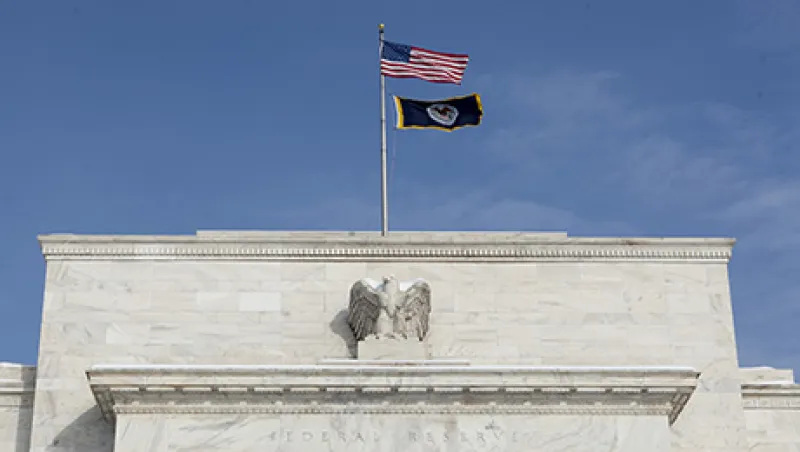The U.S. is finally enjoying a self-sustaining economic recovery, but slow global growth remains a concern, and financial markets are bouncing up and down by the day. So what exactly does this U.S. recovery mean for investors?
The 2008–’09 financial crisis has left us with a more complex investing landscape. Even with the October sell-off, risk assets have had a good run in the past few years. The U.S. is pulling ahead of Europe and Asia, which are struggling to maintain economic growth — or, in the case of some countries, to grow at all. And with an overhang of debt globally, central banks in Asia and Europe will need to maintain easy monetary conditions, whereas the U.S. Federal Reserve will move very gradually even as it begins to normalize rates in the U.S.
This is an unusual configuration and very far from a typical economic recovery picture. But we believe the lack of synchronicity in the global economy will create some of the most compelling investment opportunities over the coming year.
Perhaps the most significant implication: After a decade of weakness, the U.S. dollar is strengthening. Although this is likely to be a trend over the next several years, we would actively overweight the dollar versus different currencies depending on market conditions. Right now, we think the dollar will continue to do well against the yen and the euro, as well as the Australian dollar.
Cross-market opportunities in general should only increase in the near future. As the markets grapple with uneven growth from different regions and countries, we expect to see mispricings and occasionally overshoots, creating lots of opportunities for generating alpha within investment portfolios.
With easier monetary policy in China, the euro zone, Japan and many emerging markets, we expect plenty of liquidity in the marketplace. Broad market liquidity facilitates portfolio liquidity, allowing investors to allocate a portion of their holdings to cash or cashlike instruments that they can deploy when markets correct, as we have seen this month.
We think that policymakers will ultimately be successful in raising inflation expectations and, to a degree, raising inflation itself, so inflation-linked securities appear attractive over the long term. We believe inflation-protected securities in the U.S. and Europe represent especially good value, with inflation expectations priced into these securities at only 1.5 to 2 percent in the U.S. and less than 1 percent in Europe for short to intermediate maturities.
Low policy rates have also created attractive opportunities in countries in which growth and balance sheets are relatively healthy. Mexico, for example, has one of the steepest yield curves in the world right now, anchored at the short end by its policy rate of 3 percent, which raises the potential for capital gains in the local bond market. Another development to watch is Brazil winding down its interest rate hikes.
Have risk assets had their run? With interest rates likely to remain low and liquidity ample, we expect risk assets, including the credit sectors of the bond market, to continue to benefit for some time. Still, already healthy valuations make strong bottom-up analysis more important than ever, as investors try to identify companies with the potential for tighter yield spreads. We focus our bottom-up credit analysis on identifying industries across the globe with some combination of pricing power, compelling growth prospects and barriers to entry. Areas that fit the bill include health care, lodging, Asian gaming, pipelines, wireless telecoms, media and U.S. banks.
As always, we see opportunities in mortgage-backed securities. The nonagency mortgage segment is one of the cheapest credit sectors now, and as the Fed winds down its purchases of agency securities, they may underperform nonagency securities.
The combination of uneven economic growth and low interest rates in much of the world means that market returns will probably be modest in the coming months and — in our view — for the next several years. To meet investment goals, achieving above-market returns by generating alpha is crucial.
Clearly, investors haven’t been dealt a perfect hand with the latest U.S. recovery. They can sit on some cash, but we believe that being entirely on the sidelines may not be a sensible option, and there are opportunity costs to holding cash. The unique nature of the recovery and the current global dynamics are creating tremendous opportunities. With an understanding of macro nuances and rigorous bottom-up analysis, investors have the opportunity to play the hand they’ve been dealt very successfully.
Scott Mather, Mark Kiesel and Mihir Worah are the portfolio managers for PIMCO’s Total Return Strategy.
Get more on fixed income and on macro .






